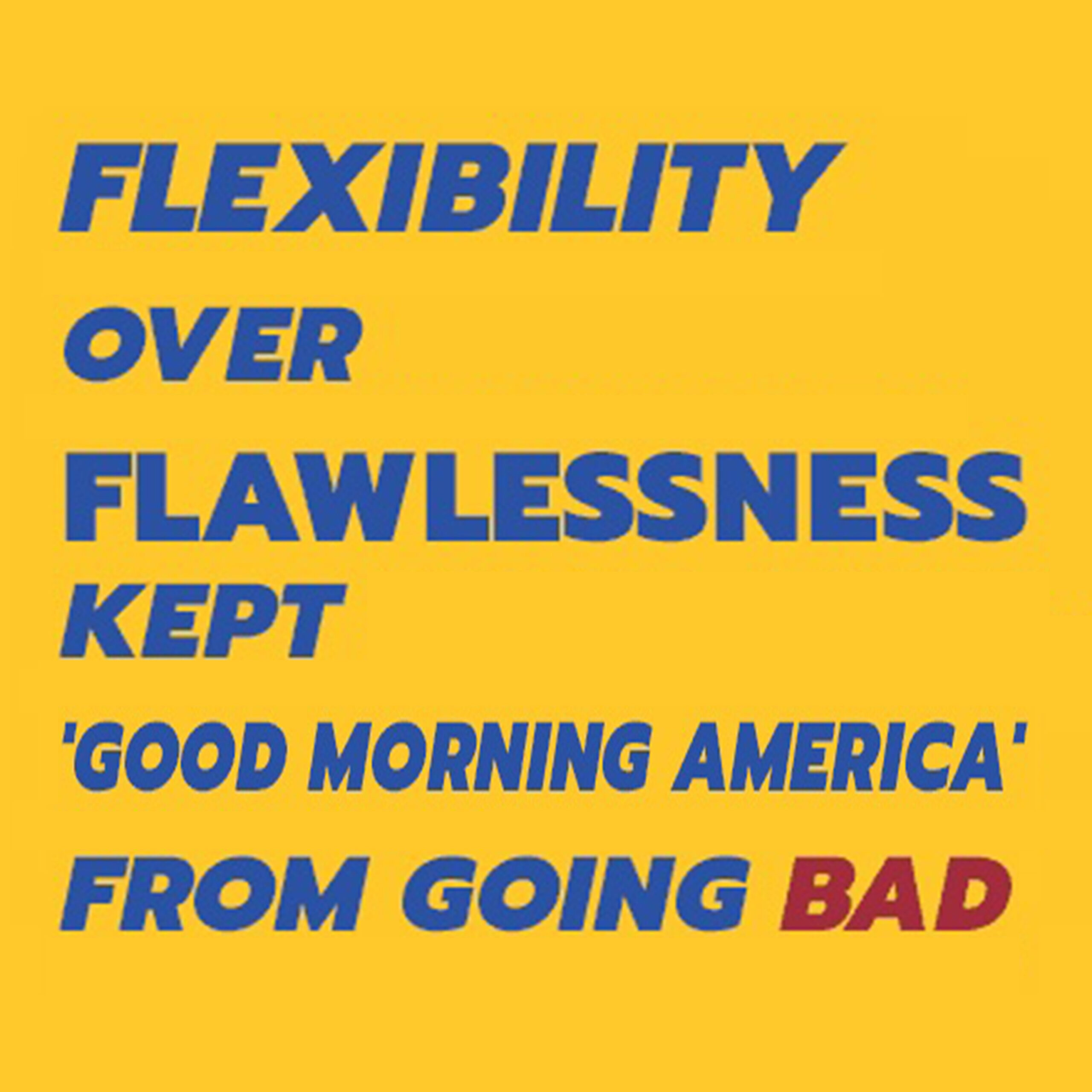
We, Robot: What ChatGPT Means (and Doesn’t) for Communication
March 28, 2023
Onomatopoeia is Not a City in Wisconsin
September 6, 2023
Out-Loud Drafting

By: Michael Chad Hoeppner
Published: June 15th, 2023
Typically for Good Talk I write about a story in the news or a theme in society, but this one is about a personal event I witnessed. I can’t help but write about it, though, because I think it contains a lesson that can dramatically change how you speak for the better. Here’s a snapshot of what I saw:
The paper was quivering in his hand; he glanced at it and then at the audience in rapid-fire succession every 1-2 seconds; the ending of his paragraph fading out in a nonsensical way.
Sound familiar? Could be one of countless presentations you’ve seen or will see, correct?
It was actually at an end-of-year celebration where I was watching a bunch of students present. The presenters (in this case elementary school kids) were speaking to an audience of parents and community members, but it’s inaccurate to say they were speaking. They were reading: Each kid had a small slip of paper from which they were reciting sentences they had composed.
To be clear, this event was adorable. The oohs, ahs, chuckles, guffaws, and pride-tears of the assembled audience was deafening. It was a lovely gathering. I’m not critiquing it, but I am highlighting the exercise. Because it is reflective of a giant divide we impose on public speaking that starts at the youngest age and persists through our professional lives. The divide: Writing and Speaking.
GK Training is trying to create a different approach: teach students how to speak, rather than how to recite what they’ve written.
If you don’t believe me, WATCH THIS VIDEO (it’s short) about the program we created for the Franklin School. It’s a high school public speaking curriculum that gets kids up on their feet and active using our kinesthetic speaking drills to unlock the very physical nature of talking. They speak while walking on balance beams, stacking legos on walls, and hitting punching bags. (Extra credit if you can find all three exercises in the vid!)
Though it’s one of the things I’m most proud of over the last year, I don’t mention this to tout GK Training or even the Franklin School (though they’re pretty cool, and worth checking out), I mention it because of YOU:
YOU probably start all of your preparation for speaking tasks by writing.
YOU probably have a physical, athletic, or performance thing you have done at some point in your life that you enjoyed.
YOU can probably benefit a lot from loosening up #1 and refreshing #2.
What’s the first thing someone normally does when given a task to deliver a speech? Write. To deliver a pitch? Write (maybe a deck, but still written text). Lead a seminar? Write.
I love writing (I even love writing these emails and I hope you love reading them), but we often overvalue its importance in creating what we end up delivering to audiences via the spoken word. When that happens, we feel at the service of the words we have written, rather than having those words be of service to us. It’s partly why speaking those words can feel like such an out-of-body experience. (Just wait til AI ghost writers like ChatGPT—which I’ve covered in Good Talk before—write for us).
That foreign feeling was palpable in the kids at this school celebration too. I watched as each kid had to navigate the strange feeling of being anchored to a page… while instinctively wanting to look up… while not quite feeling full ownership of the words coming out of their mouth. I saw the same thing I see with countless professionals I coach: division. The split of the communication instrument trying to do two opposite things at once.
So if you’re intrigued by this division and interested in how to begin to stitch the fabric of both halves of your communication back together, I’ll give you two challenges to consider.
First, see where else you notice this dynamic. If you begin to look I promise you’ll see it everywhere: people write down the stuff they’re going to say, then get stuck saying stuff that sounds like writing and doing so in a disassociated way.
Second, try something different! Namely, use a technique we call Out-Loud Drafting to get talking instead of writing. The next time you have a speaking task of some kind you have to complete, put down your writing implement and close the word processing software. Instead, stand up and move around the room as you answer any open-ended prompt you want to give yourself. I’ll give you this reliable one to start: “what does this particular audience need to know?” Then answer your question, speaking out loud. This is not performing, but rather workshopping your ideas with yourself. Out-Loud Draft three times. By the end of the third try, I promise you’ll be much closer to the rough version of the talk you’re about to give, far earlier than you’re accustomed to. Once you’ve done that, you can finally use a writing tool – but only to dash out a brief outline, not a word-for-word speech. The outline you just created is probably more reflective of how you actually talk and closer to the end product.
Now, go enjoy a beverage with the countless hours you just saved yourself by talking first and writing second.
Cheers,
Michael Hoeppner and the GK Training Team
P.S. Wanna share the Good Talk? Feel free to share this link with a friend or colleague, and then they can sign up directly if they’d like.





